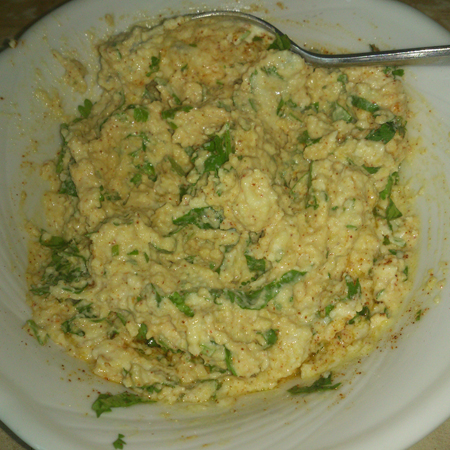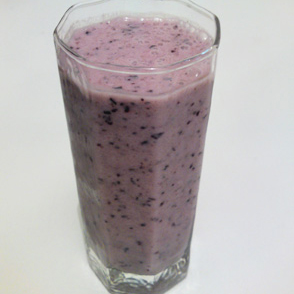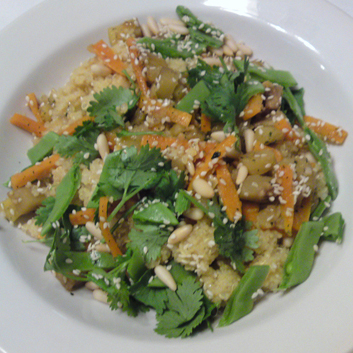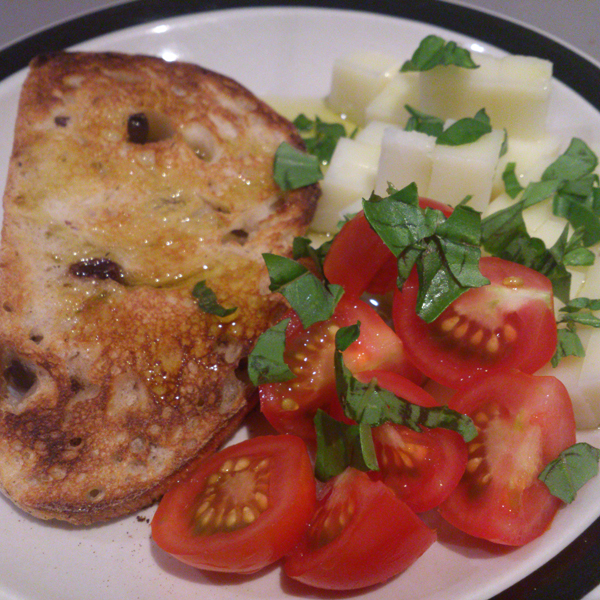Milk thistle (Silybum marianum)

Important milk thistle facts
Milk thistle is a plant that is native to the Mediterranean region and has been used for medicinal purposes since ancient Greek times for many health problems (including and especially liver disease).
The active part of the plant (silymarin) is in the flower seeds and is a powerful antioxidant.
Milk thistle has only been recently studied (the last 20 years) for its liver and gall bladder protection effects.
Milk thistle grows as thistle plant which branches at the top, growing up to 3 metres (10 feet) high. The leaves are wide with white veins and the flowers are reddish-purple in colour. The fruit is hard-skinned, brown and shiny. The plant matures in less than a year and grows in dry and sunny areas.
- Milk thistle dissolves completely in lipids (fats)
- Silymarin is made up of the following three flavonolignan compounds: silybin, silydianin, silychristin
- Milk thistle increase bile flow and production
- Milk thistle is widely used for its liver detoxification properties, especially in Europe
- Milk thistle is also known as St Mary's Thistle
Milk thistle and health
- Liver cirrhosis - certain studies have shown that people with mild alcoholic liver disease found significant improvements in liver function when they were given milk thistle. Some of these studies were not designed properly or did not have enough participants and more research is needed
- Hepatitis - studies have provided contradictory results on this condition. More research needs to be done before milk thistle can be recommended for this disease
- Death cap mushroom poisoning - intravenous silybum has been used as an antidote to counteract the poisons in toxic mushrooms (amanita phalloides) that have been accidentally ingested. If given within 24 hours of ingestion, it can prevent liver damage and death
- Gall bladder problems - studies have provided contradictory results on this condition. More research needs to be done before milk thistle can be recommended for this disease
- Cholesterol - one study on animals found that silybum was as effective as a conventional drug to lower cholesterol, as well as increasing the HDL ("good") cholesterol levels. More research is required in this area to prove the effect on humans
- Cancer - some studies have shown preliminary results identify milk thistle as having anti-cancer properties, due to its antioxidant properties. The results have shown that it inhibits cancers of the breast, cervix and prostate in test-tubes, but more research is required to determine if it does the same for cancer in human. This is an exciting area of research
People who wish to take milk thistle supplements should talk to a medical professional BEFORE taking it.
Milk thistle recommended intake
Dosage of milk thistle depends on the condition that is being treated. A medical doctor and/or alternative health care provider can advise on individual cases - this information is provided as a guide only:
| Lifestage | Age | Amount (per day) |
|---|---|---|
| INFANTS | 0-12mths | Not recommended |
| CHILDREN | 1-8yrs | Not recommended |
| CHILDREN | 9-18yrs | Seek medical advice before taking it |
| ADULTS | 19-50yrs |
For liver protection: 120mg tablets 2-3 times a day |
| SENIORS | 51+yrs | For liver protection: 120mg tablets 2-3 times a day |
| PREGNANT | Not recommended | |
| LACTATING | Not recommended |
Advertisement
Types of milk thistle supplements
Milk thistle is only found in one plant - milk thistle! Milk thistle supplementation is available in the following ways:
- Tablet - silymarin is extracted and formed into a powder and compressed into tablet form
- Capsule - silymarin powder is added to a capsule
- Tincture - silymarin extract is added to ethanol.
Milk thistle supplementation checklist
- The tincture has a shelf life of three months
- Look for a supplement that contains 70-80% silymarin
- Milk thistle supplement should be taken between meals
Milk thistle works best with
Overdosage, toxicity and cautions for milk thistle
Milk thistle very rarely causes side effects and only in extremely rare circumstances.
The rare and mild sides effects that have been reported include:
- diarrhoea
- headache
- nausea
- rash
- stomach pain
- vomiting
Extremely rare side effects that have been very rarely reported are:
- impotence
- anaphylaxis (an extremely serious allergic reaction that can result in loss of consciousness, laboured breathing, swelling of the tongue or even death)
Cautions
- People taking certain medications- should consult their medical practitioner to advice whether milk thistle is an appropriate supplement to take
- Women with female-type cancers - since milk thistle has an eostrogenic effect on the body, it should be avoided by women with breast, uterine, ovarian and cervical cancers until research can prove its safety in these conditions
Do not take milk thistle if you have allergies to:
- aster family of flowers
- daisies
- artichoke
- common thistle
- the active ingredients in milk thistle (silymarin, silibinin, silydianin, silymonin, silyandrin)
Advertisement
References
- Bean P. The use of alternative medicine in the treatment of hepatitis C. American Clinical Laboratory. 2002;21(4):19-21
- Bissett NG, "Herbal Drugs and Phytopharmaceuticals", Medpharm, 1994
- Feher J, Deak G, Muzes G, Lang I, Neiderland V, Nekan K, et al. Hepatoprotective activity of silymarin therapy in patients with chronic alcoholic liver disease. Orv Hetil. 1990;130:51
- Kim DH, et al. Silymarin and its components are inhibitors of beta-glucuronidase. Biol Pharm Bull 17(3): 443-445, 1994
- Lawrence V, Jacobs B, Dennehy C, et al. Milk thistle: effects on liver disease and cirrhosis and clinical adverse effects. Evidence Report/Technology Assessment No. 21. AHRQ Publication No. 01-E025. Rockville, MD: Agency for Healthcare Research and Quality. October 2000
- Racz K, Feher J, Csomos G, Varga I, Kiss R, Glaz E. An antioxidant drug, silibinin, modulates steroid secretion in human pathological adrenocortical cells. J Endocrinol. 1990 Feb;124(2):341-5
- Seeff LB, Lindsay KL, Bacon BR, et al. Complementary and alternative medicine in chronic liver disease. Hepatology. 2001;34(3):595-603
Last reviewed 21 April 2019

 Basics recipes
Basics recipes Breakfast recipes
Breakfast recipes Dessert recipes
Dessert recipes Dinner recipes
Dinner recipes Lunch recipes
Lunch recipes Snacks recipes
Snacks recipes



